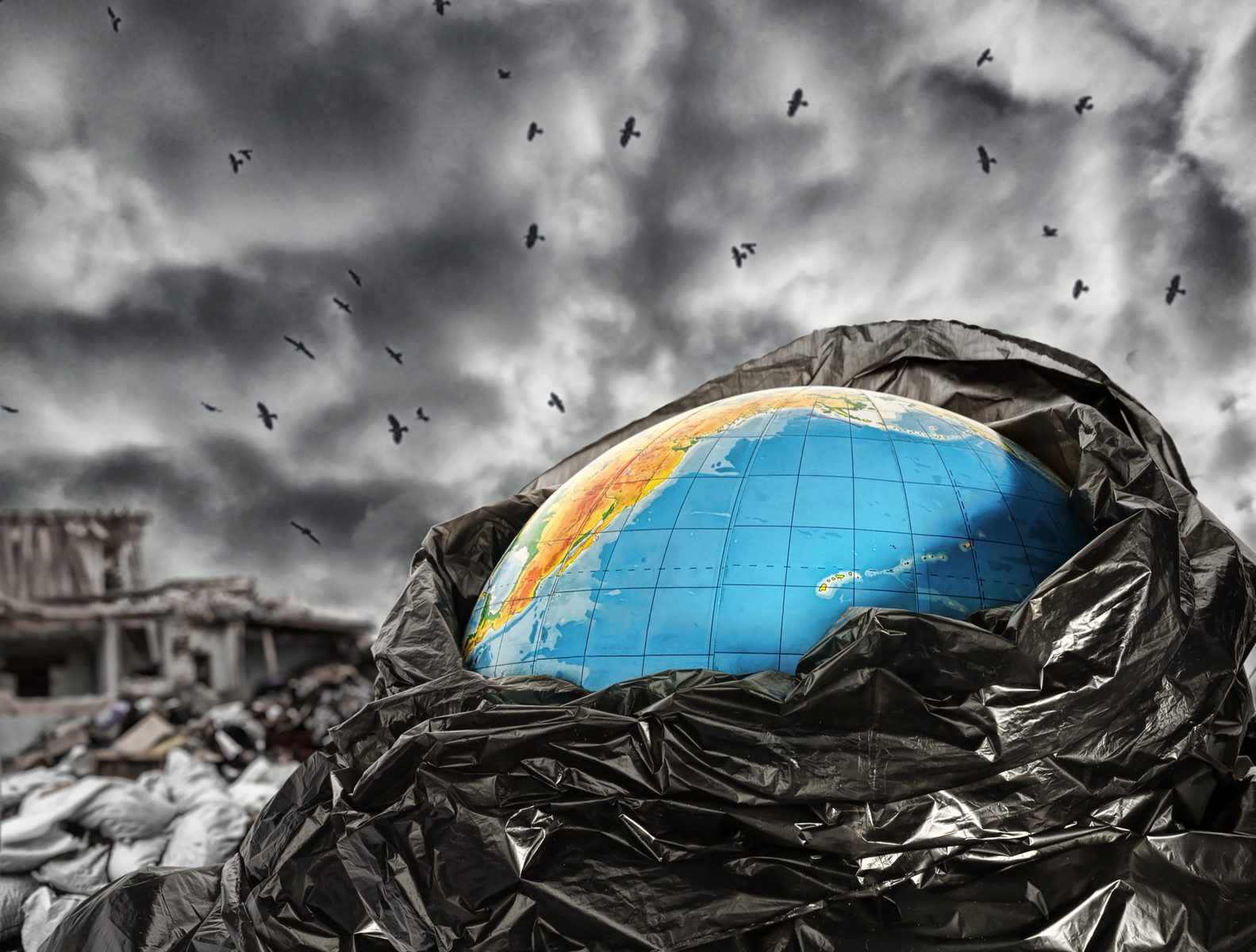Climate change: a change in global or regional climate patterns, in particular, a change apparent from the mid to late 20th century onwards and attributed largely to the increased levels of atmospheric carbon dioxide produced by the use of fossil fuels.
~ The Oxford Dictionaries
97 Percent
That’s the percentage of climate scientists who agree that climate-warming trends over the past century are mostly due to human activities.
97 out of 100 of some of the world’s most brilliant minds are pleading, to those who will listen, that we need to do something – and fast.
97 percent is the equivalent of a scientific consensus. A scientific fact, in other words. Other scientific facts include the Earth being round, and that evolution is real.
The United States, the single greatest emission-producing country in the world, has been slow to implement any significant climate policy. That’s the bad news.
The good news is that the American public is catching on. In a March 2017 poll conducted by Gallup, 62% of Americans say the effects of global warming are happening now. 45% “worry a great deal” about the issue.
Climate change is a humankind, environmental, and animal rights issue. It’s an issue in which we need to give a damn about – and more importantly – do something.
“What are the signs of climate change?”
The evidence, as presented by most climate scientists and leading scientific organizations (e.g., NASA, The Academy of Sciences) is irrefutable. Consider the following pieces of evidence put forth by NASA:
– Global temperature rise: The Earth’s surface temperature has increased by nearly 2 degrees Fahrenheit. 16 of the 17 hottest years on record have occurred since 2001.
– Warming oceans: The top 700 meters (2,300 feet) of oceans have warmed .302 degrees since 1969.
– Melting sea ice: Both the total area and total thickness of Arctic sea ice has declined rapidly over the last few decades.
– Disappearing ice landmarks: For example, the snowcap atop Mount Kilimanjaro in Japan has been steadily melting.
– Sea level rise: Global sea level has risen about 8 inches in the last hundred years.
– Ocean acidification: Since the beginning of the Industrial Revolution, acid levels in the ocean’s water have risen by 30 percent.
– Extreme events: Since 1950, the U.S. has seen a dramatic increase in the number of devastating weather phenomena.
Climate change and global warming matter for many reasons; the main concerns being environmental and survival/health related.
Human Health and Climate Change
So, how is human health affected by climate change? Here are five serious health problems listed by Paul R. Epstein, the associate director for Health and the Global Environment at Harvard Medical School:
1. Allergies and Asthma
The number of asthma suffers in the U.S. has doubled since 1980. That’s right: a potentially life-threatening condition has skyrocketed two-fold in just over 25 years.
Rising levels of carbon dioxide (CO2) in the atmosphere, and warmer surface temperatures increase the amount of pollen released into the air. The molecules within pollen which stimulate an allergic reaction rise in proportion to CO2 levels. In other words, an allergy attack – something that’s already frightening and dangerous – is even more so.
2. Heatwaves
As mentioned, of the hottest 17 years ever recorded, 16 have occurred since 2001. Very hot temperatures don’t just raise the monthly energy bill, they threaten both human and animal life.
One of the more dangerous times during a heatwave is at night; when living creatures are granted a reprieve from the scorching sunlight. This reprieve is crucial to lowering body temperature and maintaining the health (and existence) of humans and wildlife.
Unsurprisingly, nighttime temperatures have risen as well. Since 1970, the average annual nightly temperature has been increasing by 200 percent over daytime temperatures.
3. Drought
Droughts – prolonged periods of abnormally low rainfall – have been increasing in number, intensity, duration, and scope (area affected) on a regular basis all over the globe.
Not only do droughts contribute to wildfires – destroying broad areas of animal and human habitat – they also proliferate diseases. Unfortunately, most devastation to human health occurs in places with poor resources and medical care (i.e., developing nations).
Unpredictable wind patterns from changing temperatures and fluctuation in global air pressure are thought to be the primary causes of both drought and wildfires. Both threaten humans and animals, but particularly animals, as their sustenance is wholly dependent on water from rainfall and food from land sources.
4. Weather anomalies
As mentioned, the human race has seen more destructive weather patterns per annum than at any other time in recorded history. Tornadoes, floods, droughts, wildfires – and yes, hurricanes – have all been proliferating.
In the wintertime, as surface temperature rises, the Northern Hemisphere experiences more rain than snow. As rain hardens into ice when exposed to freezing temperatures, we’ve seen an increasing number of ice storms. Consequently, motor vehicle accidents are higher, as are power outages and cardiac illnesses.
5. Destruction of crops, forests, marine life
As areas around the world contend with warmer temperatures, pests and diseases that kill off crops, forests, and marine life thrive. As temperature rises, so does the number of destructive insects and their birthed diseases, relocating at higher altitudes – in the mountains, deserts, forests – in life-sustaining ecosystems, in other words.
The result? Every living thing within the affected area is threatened. Every beautiful animal, plant, tree, flower, and fish. Crops that provide sustenance are eradicated.
With just enough willful ignorance, maybe those same pests will bear witness as the most intelligent species to have ever graced the planet destroys itself.
Unless of course that same species wakes the hell up.

















